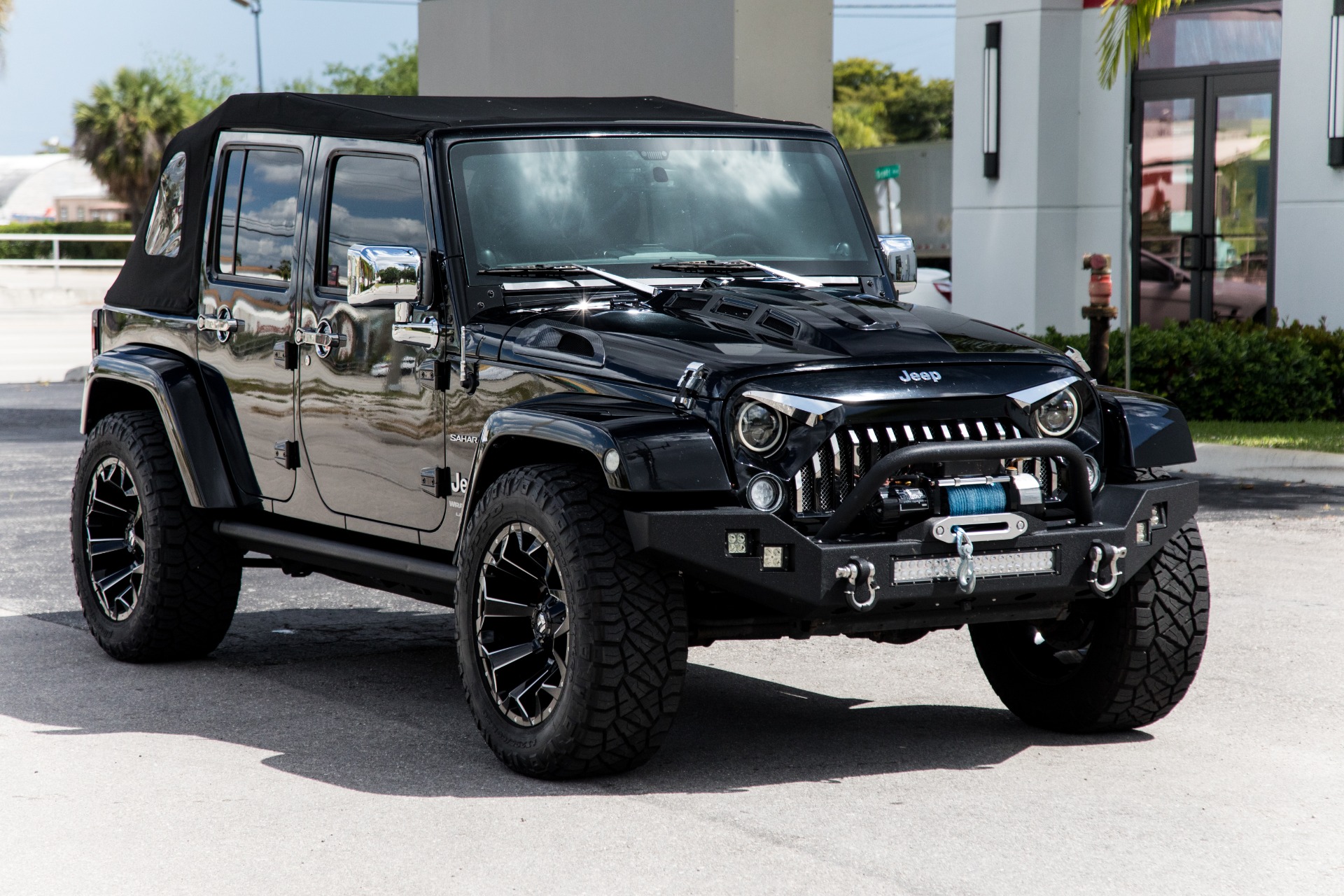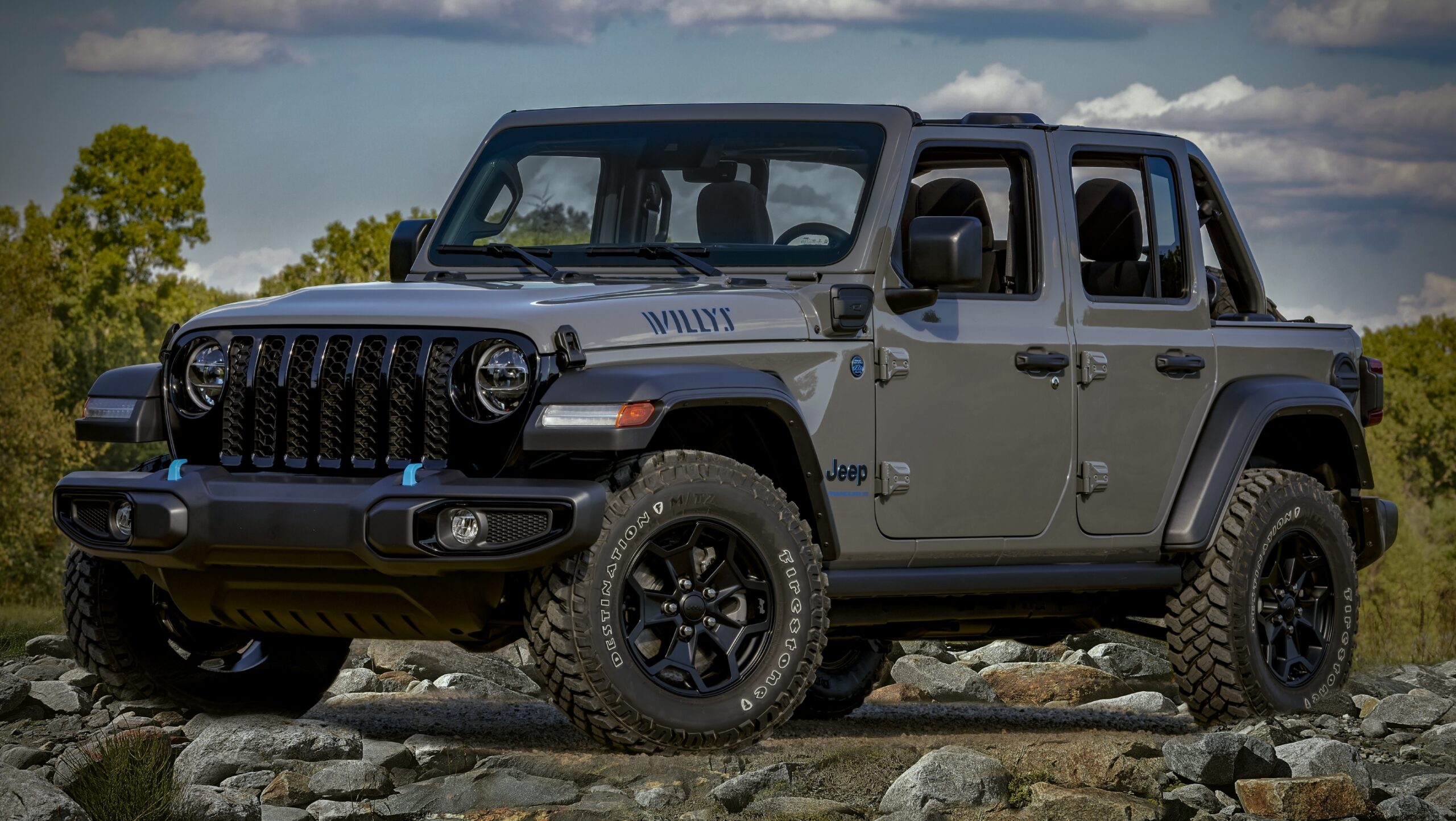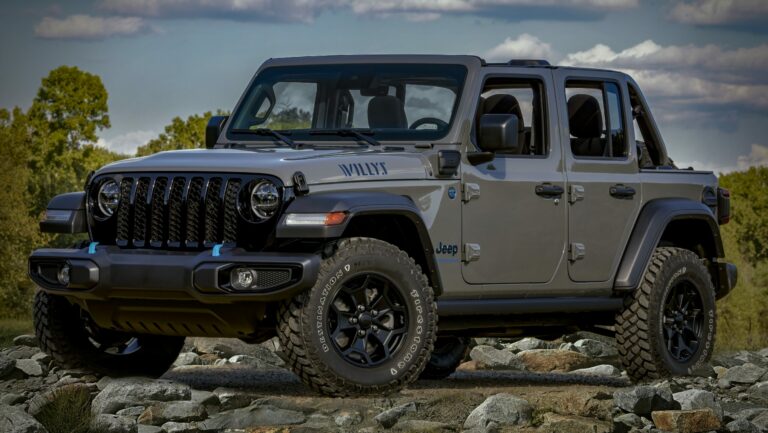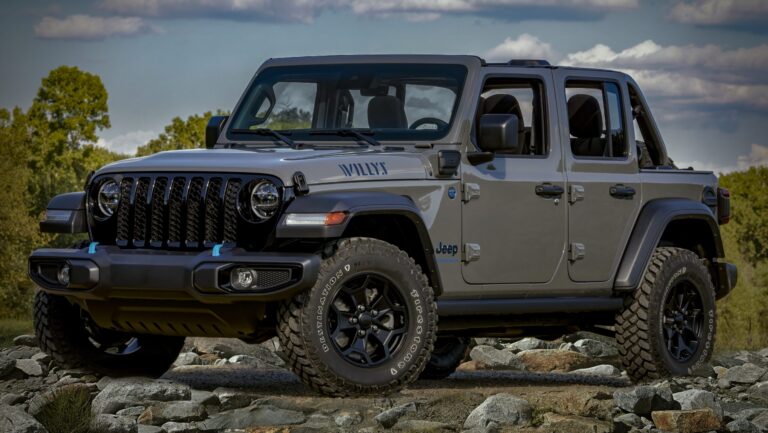Wrangler Jeep Interior: Where Ruggedness Meets Refinement
Wrangler Jeep Interior: Where Ruggedness Meets Refinement jeeps.truckstrend.com
The Jeep Wrangler. For many, the name conjures images of boundless adventure, open-air freedom, and unparalleled off-road capability. Its iconic, boxy silhouette and seven-slot grille are instantly recognizable, symbols of a vehicle built to conquer the wild. However, while the exterior proudly declares its adventurous spirit, the often-underestimated heart of the Wrangler experience lies within its cabin: the Wrangler Jeep Interior. Far from being a mere afterthought, the Wrangler’s interior is a meticulously crafted space designed to withstand the elements, provide essential comfort, and integrate modern technology, all while retaining the rugged DNA that defines the brand. Understanding its nuances is key to appreciating the full spectrum of what a Wrangler offers, transforming it from just a vehicle into a versatile command center for exploration and daily life.
The Philosophy Behind the Wrangler Interior: Form Follows Function
Wrangler Jeep Interior: Where Ruggedness Meets Refinement
At its core, the Wrangler’s interior design philosophy is one of robust functionality. Every element is considered for its durability, practicality, and ability to enhance the adventurous lifestyle of its owners. This isn’t a luxury sedan’s plush cocoon; it’s a cockpit built for action, yet one that has progressively evolved to offer surprising levels of comfort and technological sophistication.
The driving principles include:
- Durability and Weather Resistance: Given its open-air capabilities and propensity for off-road excursions, the interior is built to endure mud, dust, water, and extreme temperatures. Washable surfaces, drain plugs, and robust materials are common features.
- Modularity and Open-Air Freedom: The ability to remove doors, tops, and even fold down the windshield directly influences interior design, necessitating weather-resistant components and an intuitive layout that remains functional regardless of configuration.
- Ergonomics for Adventure: Controls are often large and tactile, designed to be operated even with gloves on. Grab handles are strategically placed for passenger stability during bumpy rides.
- Balance of Ruggedness and Refinement: While tough, modern Wranglers, especially the JL generation, strive to offer a level of comfort and technological integration that makes them perfectly suitable for daily driving as well as hardcore off-roading.
![]()
Key Design Elements and Features Across Generations
The Wrangler interior has seen significant evolution, particularly with the introduction of the JL generation in 2018, which brought a substantial leap in refinement and technology compared to its JK predecessor (2007-2018) and older TJs (1997-2006).
JL Generation (2018-Present): The Modern Frontier
The JL interior represents the most significant upgrade in the Wrangler’s history, striking an impressive balance between heritage and modernity.
- Dashboard and Center Stack: Features a clean, horizontal dashboard design that pays homage to classic Wranglers, yet integrates a large, prominent touchscreen for the Uconnect infotainment system. Physical buttons for climate control and essential functions are retained, often with a rubberized texture for grip and durability.
- Infotainment System: The Uconnect system is a standout, available in 7-inch or 8.4-inch sizes, offering crisp graphics, quick response times, Apple CarPlay, Android Auto, and often a built-in navigation system. The 8.4-inch system includes features like "Off-Road Pages" which display real-time data on pitch, roll, altitude, and more.
- Seating: More supportive and comfortable seats than previous generations, often available with cloth or premium leather upholstery. Heated front seats and a heated steering wheel are common options, significantly enhancing comfort in colder climates.
- Storage and Utility: Clever storage solutions abound, including a lockable center console, glove box, door nets, and an under-floor storage compartment in the rear cargo area. Auxiliary switches are integrated into the dashboard, allowing for easy connection and control of aftermarket accessories like winches or off-road lights.
- Washability: Retains the iconic drain plugs in the floorboards, allowing owners to literally hose out the interior after a muddy adventure. Weather-resistant floor mats are standard or optional.
- Removable Components: Designed for easy removal of roof panels (Freedom Top), full doors, or even the windshield, creating an unparalleled open-air experience. The process is streamlined, often requiring only a few tools.


JK Generation (2007-2018): The Foundation of Modernity
The JK interior was a notable step up from the TJ, introducing more creature comforts and better ergonomics, though still considerably more utilitarian than the JL.
- Dashboard: More angular and rugged, with a focus on durability over aesthetics. Smaller, less integrated infotainment screens were common, and navigation was often a standalone unit.
- Seating: Functional but less supportive seats. Cloth upholstery was standard, with some leather options on higher trims.
- Basic Tech: Bluetooth connectivity became common, but advanced smartphone integration like Apple CarPlay was absent.
- Ruggedness: Maintained the removable doors and tops, and the wash-out interior design with drain plugs.
TJ Generation (1997-2006) and Earlier: Pure Utility
Older Wranglers like the TJ, YJ, and CJ generations featured interiors that were decidedly spartan and function-first. Think durable plastics, basic gauges, and minimal amenities. These interiors were built purely for the task at hand, prioritizing simplicity and ruggedness above all else.
Comfort and Ergonomics: Balancing Toughness with Livability
While the Wrangler prioritizes off-road prowess, modern iterations have significantly improved on-road comfort and driver ergonomics.
- Seating Comfort: The JL’s front seats offer better bolstering and support for long drives, reducing fatigue. Rear seating, while still more upright than a typical SUV, has improved legroom in the four-door Unlimited models.
- Driver-Focused Cockpit: Controls are generally intuitive and within easy reach. The steering wheel often includes integrated controls for audio, cruise control, and voice commands.
- Noise, Vibration, and Harshness (NVH): This is where the Wrangler’s unique design presents challenges. The removable roof panels and doors, while offering unparalleled freedom, contribute to increased wind noise, especially at highway speeds. The JL has improved NVH significantly compared to its predecessors, with better insulation and tighter seals, but it’s still a Wrangler – expect more road and wind noise than a conventional SUV. Solutions often involve aftermarket sound deadening kits or upgraded soft tops.
Technology and Infotainment: Connectivity on the Trail
The integration of advanced technology has transformed the Wrangler’s interior from a basic command center into a connected hub.
- Uconnect System: As mentioned, this is the centerpiece. Its user-friendly interface, crisp graphics, and robust features make it one of the better infotainment systems available.
- Connectivity: Multiple USB ports (including USB-C in the JL), 12V outlets, and even a 115V AC outlet are available, ensuring devices stay charged.
- Premium Audio: Options like the Alpine premium sound system (often with a subwoofer) elevate the audio experience, crucial for combating road noise or simply enjoying music on the open road.
- Driver Assistance Features: Modern Wranglers offer features like blind-spot monitoring, rear cross-path detection, adaptive cruise control, and forward collision warning, enhancing safety and convenience.
Storage and Utility: Ready for Anything
The Wrangler’s interior is designed to be highly versatile, accommodating gear for any adventure.
- Cargo Space: The four-door Wrangler Unlimited offers a generous amount of cargo space behind the rear seats, which can be expanded by folding them flat. The two-door models have significantly less cargo room but remain capable for smaller adventures.
- Clever Compartments: Beyond the standard glove box and center console, JL models boast under-floor storage in the rear, perfect for keeping valuables out of sight.
- Mopar Accessory Integration: Jeep’s official Mopar accessory line offers a vast array of interior enhancements, from cargo management systems and pet enclosures to grab handles and specialized storage solutions, seamlessly integrating with the vehicle’s design.
Customization and Aftermarket Options: Making It Yours
One of the most appealing aspects of the Wrangler interior is its boundless potential for customization. The aftermarket industry for Wranglers is enormous, offering solutions for every need and aesthetic preference.
- Seat Covers: Protect original upholstery from dirt, wear, and tear. Available in various materials like Neoprene (water-resistant), ballistic nylon (durable), or even custom leather.
- Floor Mats and Liners: All-weather floor mats with deep channels are essential for containing mud, water, and debris. Options like WeatherTech or Husky Liners offer excellent protection.
- Grab Handles: Enhance passenger comfort and safety during off-road excursions. Many aftermarket options are available in different materials and colors.
- Cargo Management: Solutions like cargo nets, organizers, and drawer systems help keep gear secure and organized in the rear.
- Interior Lighting: LED upgrade kits for interior dome lights, footwell lighting, or even rock lights that project inside can enhance visibility and ambiance.
- Dash and Trim Kits: For those wanting to personalize the aesthetic, colored dash inserts, trim rings, and custom shift knobs are popular choices.
- Sound System Upgrades: Beyond the Alpine option, numerous aftermarket speaker, amplifier, and subwoofer upgrades can transform the audio experience.
Practical Advice for Customization:
- Prioritize Protection First: Start with robust floor mats and seat covers, especially if you plan on frequent off-road use.
- Consider Your Use Case: If you carry pets, look into cargo liners and pet barriers. If you frequently camp, consider storage solutions.
- Research Compatibility: Ensure aftermarket parts are compatible with your specific Wrangler model and year.
- DIY vs. Professional Installation: Many interior accessories are simple to install yourself, saving money. For more complex electrical upgrades (like auxiliary lighting), professional installation might be advisable.
Maintaining Your Wrangler Interior: Keeping It Trail-Ready
Given its design for rugged use, proper interior maintenance is crucial to ensure longevity and cleanliness.
- Regular Cleaning: Dust and dirt accumulate quickly. Regular vacuuming and wiping down surfaces with appropriate cleaners are essential.
- Utilize Drain Plugs: After a particularly muddy or wet adventure, remove the floor mats, open the drain plugs (usually located under the carpet/liner), and hose out the interior. Allow ample time for it to dry completely to prevent mildew.
- Protect Surfaces: Use UV protectants on plastic and vinyl surfaces to prevent fading and cracking, especially important in a vehicle with a removable roof.
- Care for Fabric/Leather: Follow manufacturer recommendations for cleaning cloth seats or leather upholstery. Quick spot cleaning is effective for spills.
- Address Odors: If mildew or persistent odors develop, ensure the interior is thoroughly dry. Baking soda can help absorb odors, and specialized automotive odor eliminators may be needed.
Challenges and Solutions:
- Water Leaks: Older Wranglers and even some new ones can be prone to minor leaks around the removable top or doors. Regularly check and clean weather seals. Aftermarket seal kits or professional adjustments can help.
- Dust Infiltration: The open design and removable panels can allow more dust inside. Regular cleaning and ensuring all panels are properly sealed before off-road trips can mitigate this.
- Road Noise: As discussed, inherent in the design. Solutions include upgraded soft tops with better insulation, aftermarket sound deadening material applied to floorboards and panels, or simply embracing the "Wrangler experience."
Wrangler Jeep Interior: Popular Upgrade & Accessory Pricing
The "interior" itself is part of the vehicle’s purchase price. However, here’s a table of common interior accessories and upgrades, with estimated price ranges, that owners often purchase to enhance their Wrangler’s cabin. Prices can vary significantly based on brand, material, quality, and installation complexity.
| Interior Upgrade/Accessory | Description | Estimated Price Range (USD) |
|---|---|---|
| All-Weather Floor Mats | Heavy-duty, custom-fit mats for maximum protection against dirt and water. | $100 – $250 |
| Premium Seat Covers | Protects upholstery, adds style; available in Neoprene, ballistic nylon, etc. | $150 – $600 (per row/set) |
| Cargo Liner/Mat | Protects rear cargo area from spills and damage. | $80 – $200 |
| Grab Handles (Front & Rear) | Adds stability for passengers, available in various materials and colors. | $50 – $150 (per pair/set) |
| Under-Seat Storage Box | Lockable, secure storage for valuables. | $100 – $300 |
| Center Console Organizer | Dividers and trays to organize the center console. | $20 – $50 |
| Interior LED Lighting Kit | Upgrades existing interior lights or adds accent lighting. | $50 – $200 |
| Dash & Trim Accent Kits | Colored inserts or covers for dashboard and trim pieces. | $50 – $300 |
| Auxiliary Switch Panel | Pre-wired panel for controlling aftermarket lights, winches, etc. | $150 – $500 |
| Sound Deadening Material Kit | Reduces road noise and improves audio quality. | $200 – $800+ |
| Upgraded Audio Speakers | Aftermarket speaker sets for improved sound clarity. | $100 – $500+ (per set) |
| Cargo Net/Trunk Organizer | Keeps gear secure and organized in the cargo area. | $30 – $150 |
Note: These prices are estimates and do not include potential installation costs for more complex items.
Frequently Asked Questions (FAQ) About Wrangler Jeep Interior
Q1: Is the Wrangler interior truly waterproof? Can I hose it out?
A1: Modern Wrangler interiors (JL, JK) are highly water-resistant and designed to be washable. They feature drain plugs in the floorboards, allowing you to hose out mud and dirt. However, "waterproof" is a strong term; it means electronics and sensitive components are protected, but you shouldn’t submerge the interior or blast water directly at the dashboard. Always ensure it dries completely to prevent mildew.
Q2: How easy is it to remove the doors and roof on a Wrangler?
A2: For JL and JK models, it’s surprisingly straightforward. The roof (Freedom Top panels or soft top) can be removed in minutes without tools. Doors require removing a few bolts and disconnecting a wiring harness, which can be done with a basic toolkit provided with the vehicle. The windshield can also be folded down on JL models.
Q3: Is the Wrangler interior comfortable for long drives?
A3: The JL generation (2018-present) has significantly improved comfort with more supportive seats and better ergonomics, making it much more suitable for long drives than previous generations. While it won’t be as quiet or plush as a luxury SUV, it’s certainly capable and offers a unique driving experience.
Q4: What kind of technology is available in the Wrangler interior?
A4: Modern Wranglers (JL) feature the Uconnect infotainment system with large touchscreens (7-inch or 8.4-inch), Apple CarPlay, Android Auto, navigation, multiple USB ports, and often an available premium sound system. Higher trims also offer advanced driver-assistance features.
Q5: How do I protect my Wrangler interior from sun and wear?
A5: Regular use of UV protectants on plastic and vinyl surfaces will prevent fading and cracking. Invest in quality all-weather floor mats and seat covers to protect against dirt, spills, and general wear. When the top is off, parking in the shade or using a sunshade is also recommended.
Q6: What’s the best way to clean mud from the interior?
A6: For heavy mud, first remove floor mats. Then, open the drain plugs located in the floorboards. Use a low-pressure hose or wet cloth to rinse and wipe down surfaces. For stubborn mud, a soft brush and an automotive interior cleaner can be used. Ensure thorough drying afterwards, ideally with doors open and in a well-ventilated area, to prevent mildew.
Conclusion
The Wrangler Jeep Interior is much more than just a place to sit; it’s a testament to thoughtful design that balances rugged capability with modern comfort and technology. From its washable surfaces and integrated grab handles to its sophisticated Uconnect system and myriad customization options, every aspect is engineered to enhance the adventurous spirit of the Wrangler owner. While it proudly retains its utilitarian roots, the evolution, particularly in the JL generation, demonstrates a commitment to making the Wrangler a surprisingly refined and connected vehicle, capable of tackling both the toughest trails and the daily commute. Understanding and leveraging its unique features and potential for personalization ensures that the Wrangler experience is not just about where you can go, but how comfortably and confidently you arrive.





